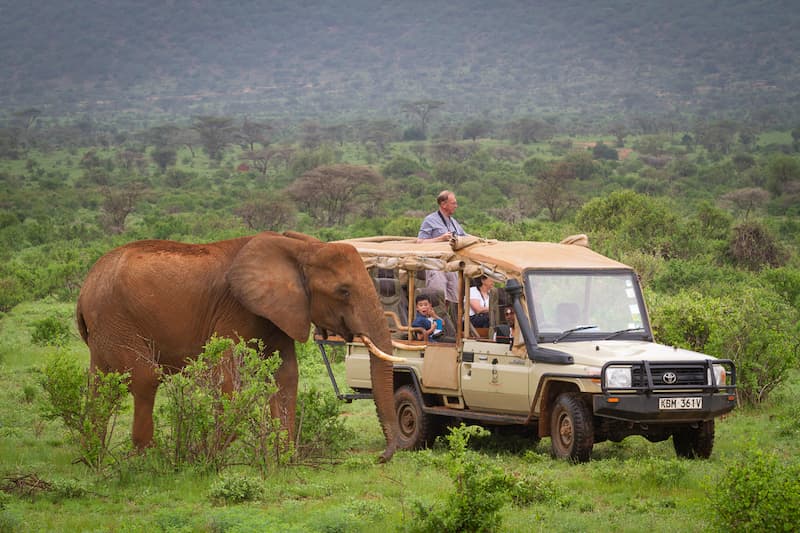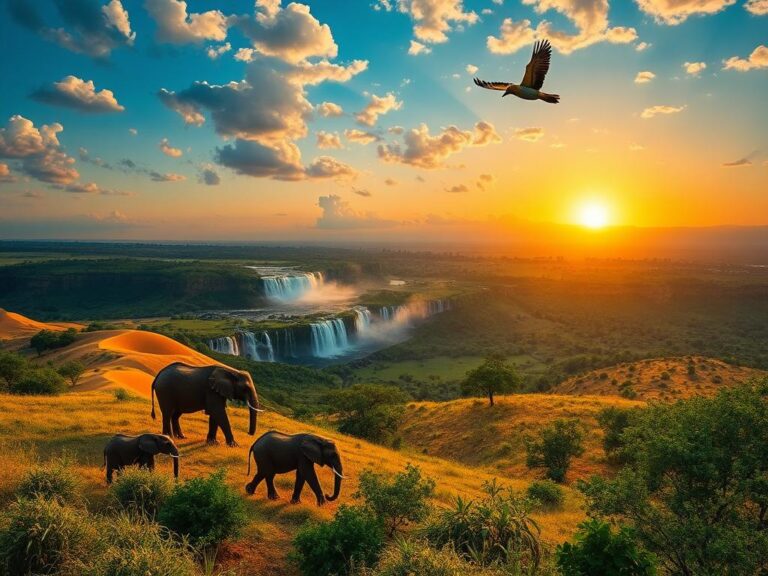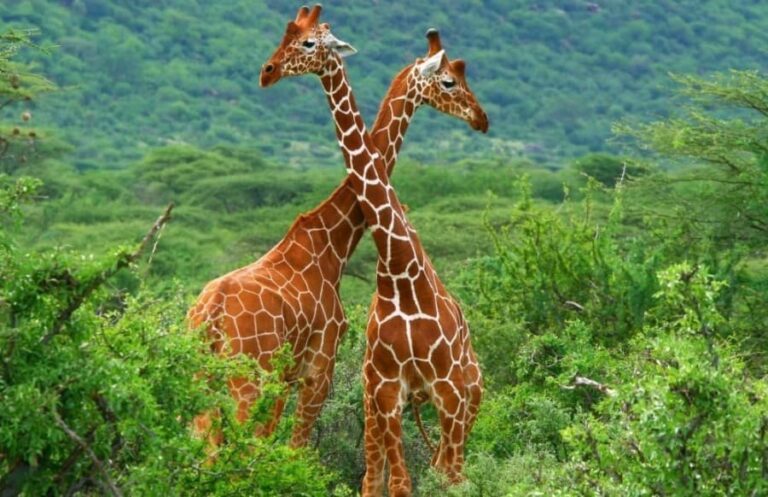
Best Time to Go on Safari in Kenya: Optimal Months for Unforgettable Experiences
Best time to go on safari in Kenya is a question many travelers ask when planning their thrilling African adventure. Kenya is renowned for its exquisite landscapes and diverse wildlife, making it a top destination for safari enthusiasts worldwide. However, timing your visit can greatly influence your overall experience. Depending on when you visit, you can witness the spectacular Great Migration, enjoy quieter parks, or capture stunning photographs of lush scenery and vibrant wildlife. In this article, we’ll explore the best months to embark on your Kenyan safari, ensuring that your experience is unforgettable and filled with the mesmerizing wonders of nature.
The Serengeti Ecosystem: Understanding the Seasons
Seasons play a significant role in shaping the safari experience in Kenya. Generally, the year can be divided into two primary seasons: the wet season and the dry season. The wet season typically runs from March to May, while the dry season extends from June to October. Understanding these two major weather patterns can help you make informed decisions about when to go.
During the wet season, starting in March, the landscape flourishes with vibrant greenery. Additionally, this time is known for increased animal activity as various species prepare for calving. However, the heavy rains can also make some roads muddy and difficult to navigate, impacting accessibility. The dry season, on the other hand, is characterized by lower vegetation, making it easier to spot wildlife as they congregate near water sources. It is essential to weigh these factors when determining the best time to visit for your specific interests.
Wildlife Spotting: Timing is Everything
When it comes to wildlife spotting, timing can make all the difference. The best time to go on safari in Kenya often coincides with specific animal behaviors and migrations. For example, one of the most breathtaking and well-known natural events is the Great Migration, where millions of wildebeest and zebras traverse the plains in search of greener pastures. This awe-inspiring spectacle usually takes place between July and October, especially within the Maasai Mara.
During this time, visitors have the privilege of witnessing dramatic predator-prey interactions, as big cats like lions, leopards, and cheetahs capitalize on the abundance of vulnerable young animals. Reports have highlighted that the views and experiences during this season can be life-changing for many wildlife lovers, providing photo opportunities and unique memories that last a lifetime.
Best Time to Go on Safari in Kenya: 10 Perfect Months
Now, let’s delve into a breakdown of the best months to visit and what you can expect during each:
- January: A Quiet Beginning
Enjoy the serenity of the parks as tourist crowds are minimal. Wildlife is easier to spot with fewer visitors around. - February: Calving Season
Witness the wildebeest calving season on the Serengeti, which spills into Kenya’s Maasai Mara. This is a prime time for predator activity as they follow the vulnerable young. - March: The Green Season
Experience lush landscapes after the rains, attracting various migratory birds as they settle in and resident birds thrive.
- April: The Long Rains
Ideal for budget travelers, although safari experiences might be weather-dependent. The parks remain less crowded, allowing for more intimate wildlife experiences. - May: Transition Month
As the rains taper off, wildlife sightings are still promising. The scenery is vibrant, and photographers can capture stunning landscapes with dramatic skies.
- June: Drying Out
Marking the start of the dry season, it becomes easier to spot animals congregating around water sources. A good month for potential big cat sightings. - July: The Great Migration Begins
One of the best months for safari enthusiasts! Witness the remarkable Great Migration as thousands of wildebeest and zebras cross over into the Maasai Mara in search of greener pastures.
Professional Insights: What Experts Say
Numerous wildlife experts emphasize the importance of going on safari during the migration months. Naturalist Paul Goldstein eloquently stated, “The Great Migration is what you travel for. There’s an indescribable thrill witnessing the sheer scale of this natural phenomenon.”
With expert opinions and rich insights, understanding the best time to go on safari in Kenya becomes an invaluable component of preparing for your journey. Discussions in forums, blogs, and expert articles highlight the common sentiment: planning your safari around migration will enhance your experience tenfold.
Photography and Scenery: A Photographers’ Paradise
For photographers, timing can work wonders in capturing breathtaking scenery and wildlife images. The dry months provide clearer skies, making it easier to attain stunning photographs. Additionally, the golden light during the early morning or late evening hours adds to the beauty of your shots.
Remember that rainy season may result in lush landscapes that can also create striking contrasts in images. The colors pop vibrantly, and the greenery attracts wildlife, making it a beloved choice for photo-savvy travelers. Therefore, the choice of when to visit should align with your photography interests.
Travel Tips for Your Safari Adventure
Planning a safari in Kenya can be a thrilling yet overwhelming experience. Here are some expert travel tips to enhance your trip:
- Consider joining a guided tour for a more insightful and informative experience.
- Always pack binoculars to get a closer look at distant wildlife.
- Choose eco-friendly lodges that prioritize conservation efforts to support local wildlife and habitats.
- Familiarize yourself with local customs and etiquette to respect the communities you may encounter.
- Invest in a good camera and lenses to ensure you capture your adventure beautifully.
These suggestions offer a mix of practical advice and gentle reminders, enhancing your understanding of how to navigate your trip effectively and respectfully in Kenya.
Conclusion: Your Unforgettable Kenyan Safari Awaits
Choosing the best time to go on safari in Kenya greatly enhances your adventure and ensures you experience the natural wonders in their full glory. Depending on what you hope to witness – from predator interactions during migration to stunning foliage during the green season – each month offers unique experiences worth considering.
To sum it up, planning your safari based on these ideal months can make a world of difference. So pack your bags, choose your timing wisely, and set out on an adventure that you will cherish for a lifetime!
FAQ
1. What is the best month for a safari in Kenya?
The best months for a safari in Kenya are typically from July to October when the Great Migration occurs, providing incredible wildlife sightings.
2. Can you see wildlife in Kenya during the rainy season?
Yes, the rainy season (March to May) can still provide excellent wildlife spotting, especially in January and February when animals are calving.
3. What gear should I bring for a Kenyan safari?
Travelers should pack binoculars, a good camera, a wide-brimmed hat, sunscreen, and comfortable clothing to fully enjoy their safari experience.
4. Is it safe to travel to Kenya for a safari?
Yes, Kenya is generally safe for travelers. It is advisable to stay informed about current travel advisories and take standard safety precautions.
5. How much does a safari in Kenya typically cost?
The cost varies widely depending on travel style, accommodations, and activities. Budget safaris can start at a few hundred dollars per day, while luxury options may run significantly higher.
We encourage readers to share their thoughts, experiences, or questions about their own safari adventures in the comments section below!


